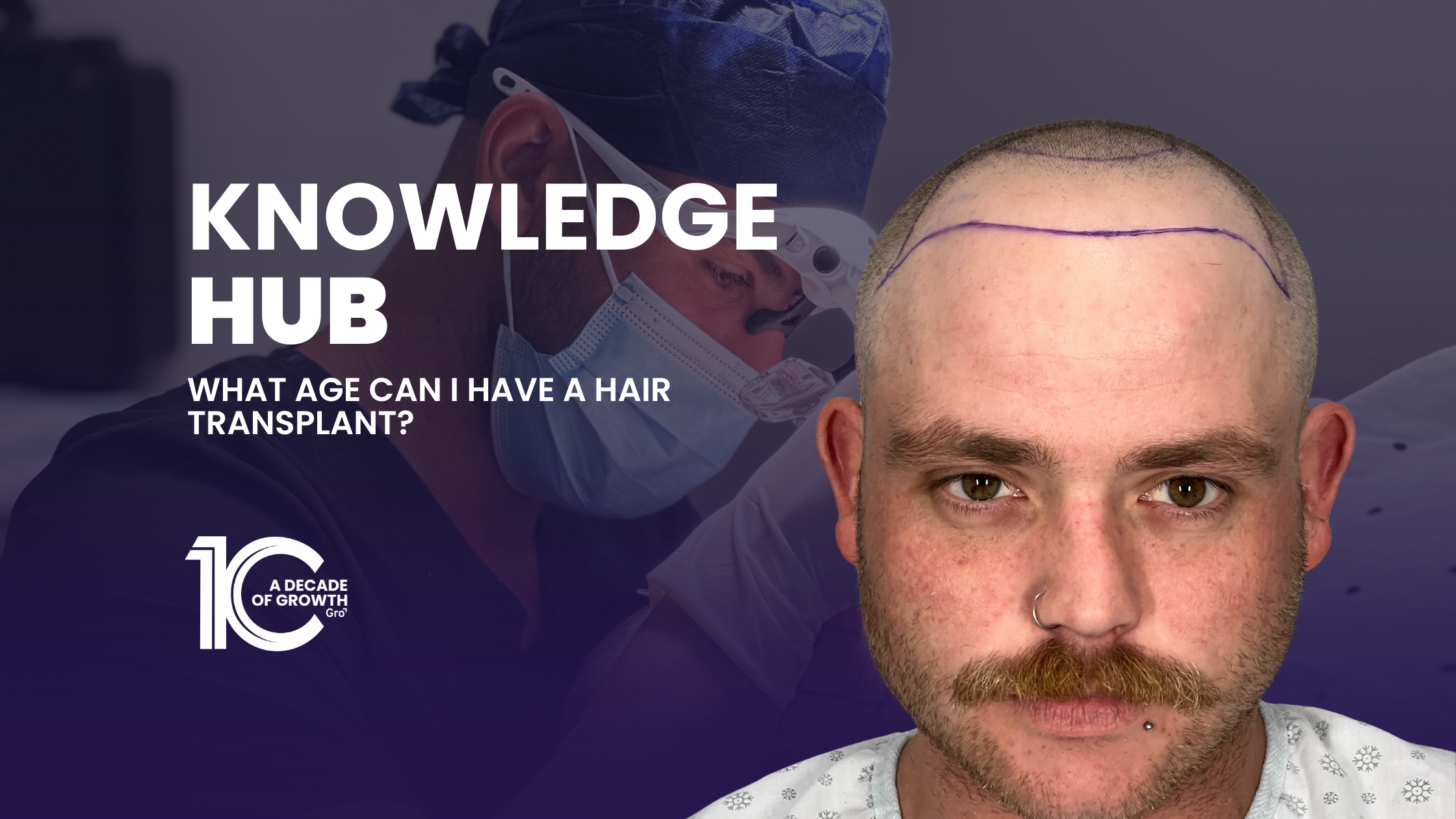Forehead reduction, also referred to as hairline lowering, is an option some people explore to create a more balanced facial appearance. Whether motivated by personal aesthetics or previous hairline changes, it's important to understand what this treatment involves and whether it's suitable for your goals.
What Is Forehead Reduction Using Hair Transplant Techniques?
At Gro Clinics, forehead reduction is achieved using micro-transplantation — a technique involving the careful relocation of individual hair follicles from the back or sides of the scalp to the hairline. This approach is designed to reshape the hairline without relying on traditional incision or strip-based methods.
Who Might Consider This Option?
This treatment may be explored by individuals who:
- Have a naturally higher or uneven hairline
- Are seeking to create more proportional facial framing
- Are experiencing early hairline recession and want to reshape the area
How the Process Works
The journey begins with a consultation to assess suitability. If appropriate, a personalised treatment plan is developed. During the procedure, thousands of individual follicles may be relocated with precision tools to support a natural-looking result. The method used avoids large incisions and stitches, and is designed to minimise visible scarring.
Hair Transplant vs Traditional Foreheadplasty
Traditional foreheadplasty involves surgically removing a section of skin and repositioning the scalp. While effective in some cases, it may result in scarring and a longer recovery. Forehead reduction through follicle transplantation is typically less invasive and performed using micro-instruments under local anaesthetic, with no skin removal.
What Are the Potential Benefits?
- Minimally invasive technique using micro-transplant tools
- Designed to blend with your natural hairline
- No cutting or stitches required
- Performed by trained medical professionals
- Recovery support available across clinic locations
Frequently Asked Questions
How long does the procedure take?
Most sessions take between several hours and a full day, depending on the number of follicles relocated. A more accurate estimate is provided during your consultation.
What’s the expected recovery timeline?
Most people resume normal daily activities within several days. Minor swelling or redness may occur but usually resolves within a week. Recovery varies between individuals and follow-up care is included as part of your treatment journey.
Will the results last?
Hair follicles used in this technique are typically taken from areas that are more resistant to thinning. While transplanted hairs are generally long-lasting, individual results vary and long-term hair health should be reviewed as part of ongoing care.
Is this option suitable for everyone?
Suitability depends on multiple factors including scalp condition, donor area availability, and personal goals. A consultation with a trained advisor is required to assess if this option is appropriate for you.
What does the treatment cost?
Costs vary depending on your individual plan, including how many follicles are required and the overall scope of treatment. Pricing details are provided transparently during your consultation.
Speak with a Hair Growth Advisor
If you’re exploring hairline reshaping or forehead reduction options, you can book a consultation online or in-person at your nearest Gro Clinics location.
Disclaimer: This content is for general educational purposes only and does not constitute medical advice. Individual outcomes and treatment suitability vary. Always consult a registered health practitioner before proceeding with any treatment. No guarantees or expected results are implied.












